Kenyan coffee bean grading system description of flavor and taste of Kenyan AA TOP grade coffee
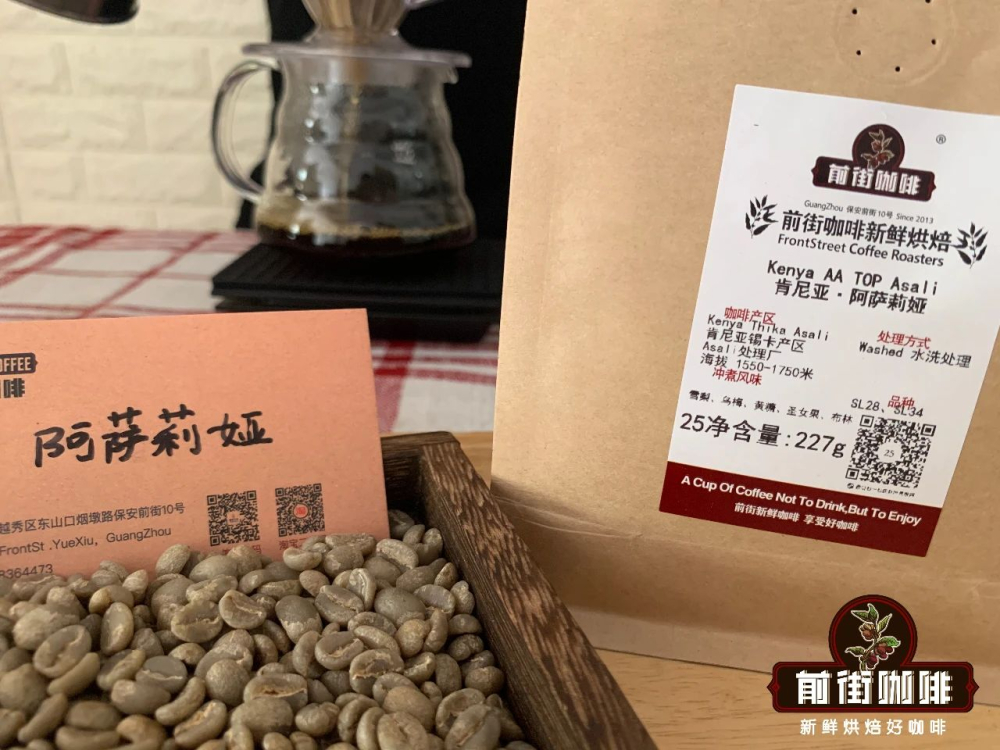
AA is the best grade of coffee in Kenya, and this grade of coffee is the best of the boutiques, so much so that Qianjie is deeply in love with this AA TOP from Sika. TOP is marked by the Kenyan coffee merchant cup after testing. This bean is treated with K72 double water washing and fermentation. The acid is very bright and lively, as delicate as berries and red wine. When brewing, the rich berry aroma wafts out instantly, the entrance has obvious flavor of virgin fruit and black plum, the sour fragrance exists in the mouth for a long time, and the aftertaste is creamy and sweet.

The coffee grading system in Kenya was established under the policy of the government leading the management of quality and tutoring coffee farmers. After the coffee was harvested, the official unit "CBK" (Coffee Board of Kenya for short) set up by the government, established in 1933, held a weekly auction at the Coffee Exchange (the Nairobi Coffee Exchange) in Nairobi, the capital. The auction system was managed by the government as a whole. According to the grading system, it is based on "particle size", weight, shape and appearance, which is the basis for the main auction price.

Taking into account the fact that during the roasting process of coffee beans, the heating temperature of beans of the same size tends to be more consistent with the heating rate, which means that they are more stable, so Kenya classifies coffee beans according to their particle size and cup test score. According to the size, shape and hardness of raw coffee beans, Kenyan coffee beans can be divided into eight grades: e, PB, AA, AB, C, TT, T, MH/ML.
E: Kenya E, known as elephant beans, is large in size and relatively small in yield.
The English name of PB:PB is Peaberry, which is also known as round beans. It is oval in shape. In a normal coffee fruit, there are two coffee seeds, while the round bean is a seed.
AA: Kenya AA is arguably the most common grade, generally growing at an altitude of more than 6600 feet, with a larger particle size of 17 prime 18 mesh.
AB: the particle size is 16ppm and 17mesh. Kenya AB coffee beans are made up of coffee beans An and B. Class A uses 6.8 mm screening, while Class B uses 6.2 mm screening. These two legumes, An and B, are mixed together to form a Kenyan AB.
C: the particle size is less than 14 mesh.
TT: Kenya TT refers to the light density coffee beans separated from Kenyan An A, AB, E coffee beans by suction. The number of items is large but the density is low, but the quality is enough to be included in the boutique coffee.
Under TRU 14 mesh, the grain is small, the density and quality are not enough to be included in the boutique coffee.
MH/ML: low-quality sun beans, mostly overripe beans dried on trees.
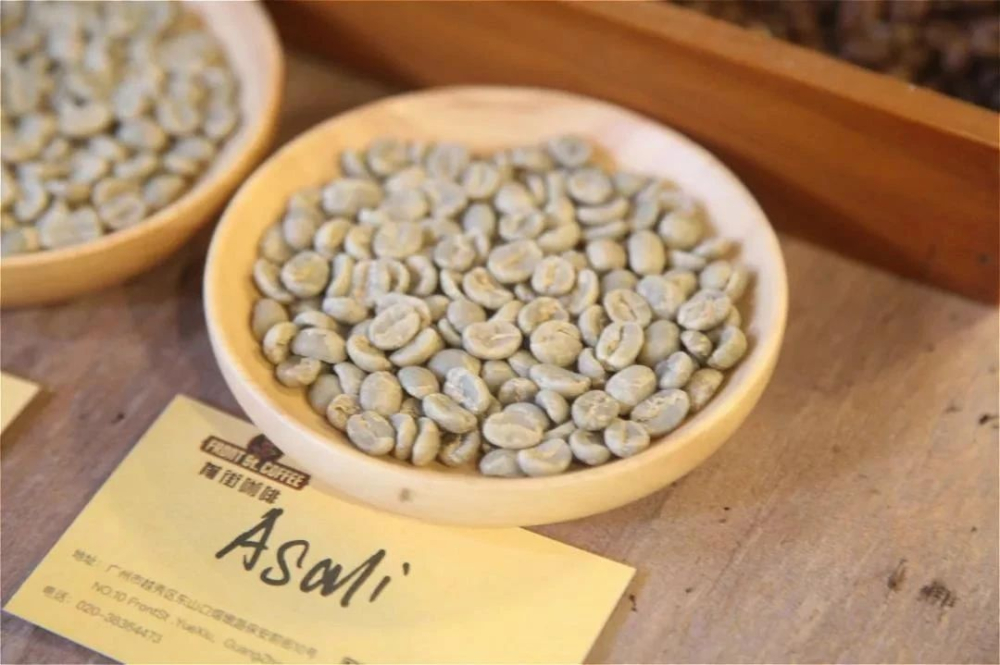
Kenya Asaria coffee beans baked by Qianjie belong to AA grade, come from Thika producing area, and adopt Kenyan 72-hour washing method. The varieties are SL28 and SL34, which are the first choice for many sour coffee lovers. If you taste this Kenyan Asaria coffee bean for the first time, Qianjie suggests trying hot black coffee to better feel the flavor of Kenyan coffee.
The front street hand rushed the suggestion.
Light roasted coffee beans retain more flower and fruit aromas of high altitude coffee beans. Compared with medium and deep roasting, light roasted coffee beans have a more compact internal structure, which requires higher water temperature and finer grinding to better stimulate the flavor substances of coffee. Here, Qianjie will be extracted with hot water of 92-93 degrees Celsius, and the grinded Qianjie will use a standard sieve 20 with a pass rate of 80%.
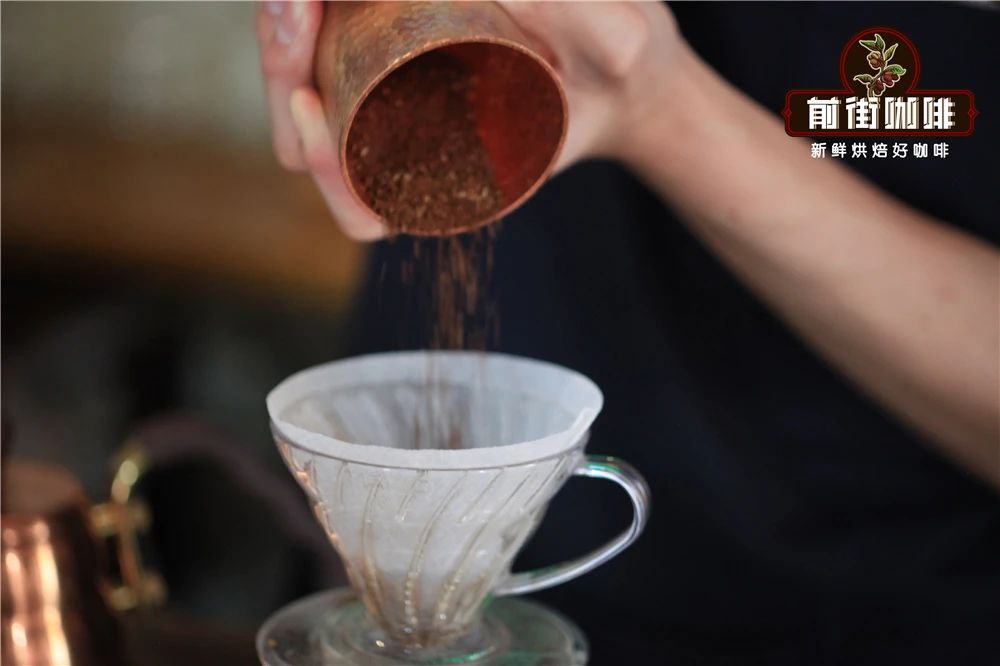
The flavor description of each coffee on the front street is based on freshly roasted beans. If the beans have been stored for more than a month, the aroma is likely to have been lost and it is difficult to restore when brewed. Qianjie is also well aware of the importance of freshness, so it will ensure that only coffee beans freshly roasted within 5 days are shipped, so that everyone can enjoy the most complete taste period when they receive it.
Filter cup: V60 water temperature: 92-93 degrees Celsius Powder: 15g Powder / Water ratio: 1:15 Grinding degree: fine sugar size EK43s- scale 10 (No. 20 sieve bowl sieve powder to 80%)

In the first stage, 30 grams of water is injected for 30 seconds, followed by 95 grams (about 125 grams indicated by the electronic scale). The injection is completed in about 1 minute, and the remaining 100 grams are injected at 3 places in the powder layer (about 225 grams shown by the electronic scale) in about 1 minute and 35 seconds. 2: 10 "trickling is completed, remove the filter cup and complete the extraction.
Qianjie Kenya Asali coffee hand flavor: wet fragrance with ripe tomatoes and flowers, when the temperature is high, the entrance is caramel, yellow sugar sweet, the temperature drops slightly, virgin fruit, Umei acid come out, acidity is bright, taste clean, body medium, middle sweet, juicy. AATOP beans are cleaner in flavor, rich in layers, and perform better in mellow thickness, sweetness and sour quality.
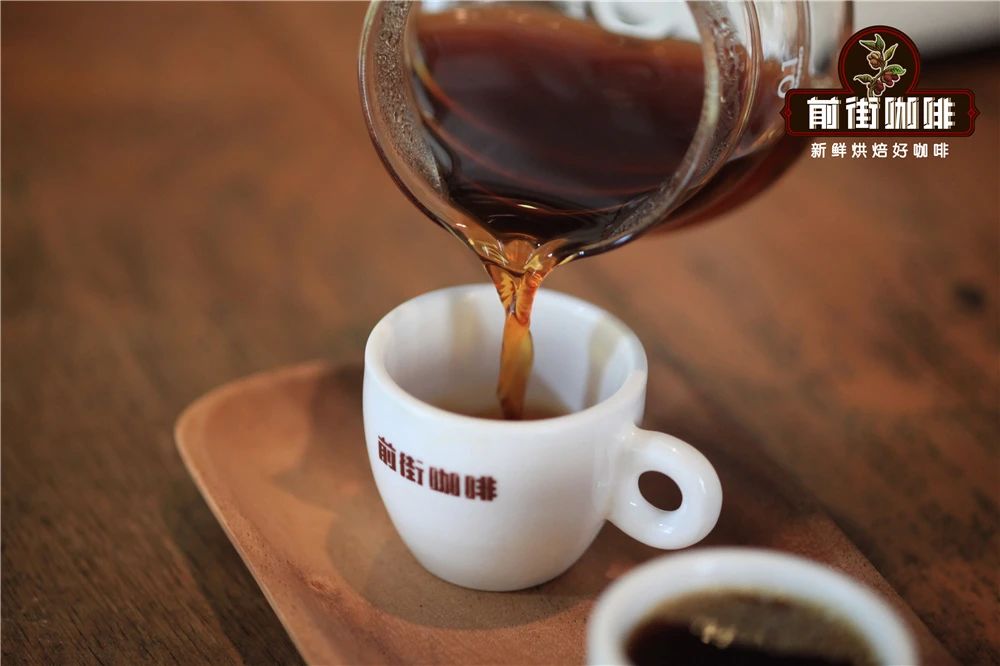
Professional coffee knowledge exchange more coffee bean information please follow the coffee workshop (Wechat official account cafe_style)
For more boutique coffee beans, please add private Qianjie coffee on Wechat. WeChat account: qjcoffeex
Important Notice :
前街咖啡 FrontStreet Coffee has moved to new addredd:
FrontStreet Coffee Address: 315,Donghua East Road,GuangZhou
Tel:020 38364473
- Prev
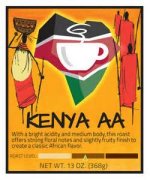
Kenya AA FAQ Atomboya #8231;Mutwewathi #8231;Gakuyuin
Professional barista communication, please pay attention to coffee workshop (Weixin Official Accounts cafe_style) This batch is the latest production season in 2017. Three highly famous treatment plants in Kenya are responsible for the production of raw bean water treatment. The names of their water treatment plants are as follows: Gatomboya Coffee factory Mutwewathi coffee factory Gakuyuini coffee factory The first
- Next
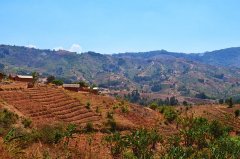
Description of Malawian Coffee Misuku Mountain Household Farm White Honey Rose Summer Flavor
For the exchange of professional baristas, please follow the coffee workshop (official Wechat account cafe_style) Product name: White Honey Geisha (Malawi Mzuzu Khanga AA Geisha White Honey) from Household Farm in Misuku Mountains, Malawi Flavor description: peach, orange, flower, ripe fruit, berry, melon, honey, pear sweetness, soft acidity country: Malawi (Mala
Related
- Detailed explanation of Jadeite planting Land in Panamanian Jadeite Manor introduction to the grading system of Jadeite competitive bidding, Red bid, Green bid and Rose Summer
- Story of Coffee planting in Brenka region of Costa Rica Stonehenge Manor anaerobic heavy honey treatment of flavor mouth
- What's on the barrel of Blue Mountain Coffee beans?
- Can American coffee also pull flowers? How to use hot American style to pull out a good-looking pattern?
- Can you make a cold extract with coffee beans? What is the right proportion for cold-extracted coffee formula?
- Indonesian PWN Gold Mandrine Coffee Origin Features Flavor How to Chong? Mandolin coffee is American.
- A brief introduction to the flavor characteristics of Brazilian yellow bourbon coffee beans
- What is the effect of different water quality on the flavor of cold-extracted coffee? What kind of water is best for brewing coffee?
- Why do you think of Rose Summer whenever you mention Panamanian coffee?
- Introduction to the characteristics of authentic blue mountain coffee bean producing areas? What is the CIB Coffee Authority in Jamaica?

